Guide to Building Digital Spaces for Everyone: Inclusive Web Design
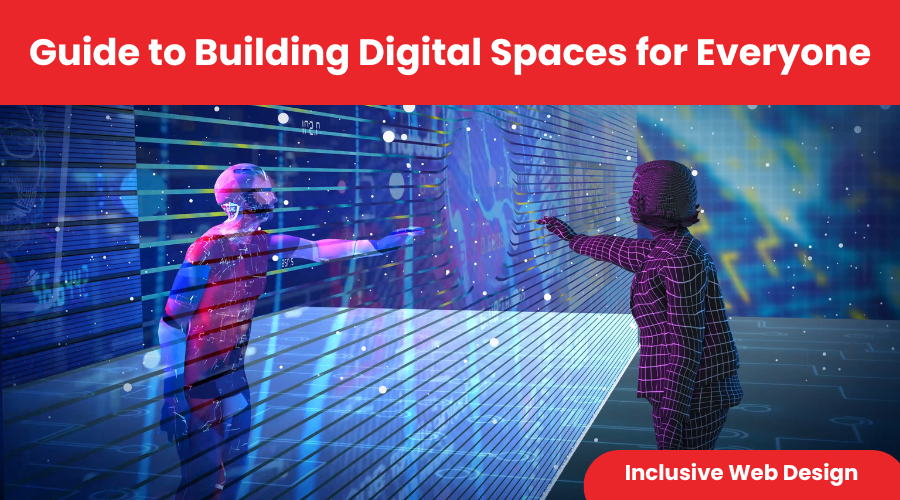
Do you want to make a perfect website? Step into the shoes of your visitors and see your site with their eyes. Without a doubt, you will have visitors from every path of life. And to keep everyone engaged, you need an inclusive web design.
Now, what’s this inclusive web design?
An inclusive web design makes everyone feel included. It makes sure no one feels left out, no matter their age, gender, or generation. It goes beyond an aesthetically pleasing, SEO-friendly, and smart design; it creates an unbreakable bond with your audience.
It is not limited to a particular type of use; it is ‘for everyone, by everyone, of everyone,’ just like democracy. Whether you are an established firm giving your site a fresh look or a startup looking for custom web development services, it makes sure every visitor feels welcomed and at the right place. It’s not just ticking a box. It’s a shift in thinking that brings better results for everyone.
Why Inclusive Web Design Matters in 2025?
Inclusive web design has become a necessity with an increasing number of internet users. And the best part is, people today aren’t limited by their disabilities. Everything from smartphones to grocery shopping has evolved to make it accessible for everyone, even for people with disabilities. So, what are you waiting for? Web accessibility is no longer a choice or option; it’s a necessity.

Principles of Inclusive Web Design
Websites designed with inclusive principles think beyond looks. They think like users.
1. Accessibility Is Key
Web accessibility means your site works well for people with a wide range of disabilities, whether visual, hearing, motor, or cognitive. It’s not just adding alt text to images and calling it a day. It’s about crafting an experience that adapts to different needs.
Screen-reader compatibility
Keyboard navigation
Proper color contrast
Adjustable font sizes
Even if you invest in the best front end web development services, it won’t matter if your site isn’t accessible.
2. Responsive and Device-Friendly
An inclusive site doesn’t just respond to devices. It responds to people’s situations. Your site should work just as well on a smartphone riding a crowded bus as on a desktop in a quiet office.
If you’re working with web design and development services, make sure mobile optimization is a priority. It’s not something you can overlook.
Steps to Make Your Website Inclusive
1. Structure is the First Step
Your website’s structure is like the foundation of a house. If it’s strong and well-organized, everything else works better. Using semantic HTML, clear headings, landmarks, and ARIA roles helps people using screen readers move through your site with ease. And as a bonus, a well-structured site is easier for search engines to read, too.
2. Be Empathetic While Designing
Not everyone visits your site through a big screen with high-speed internet and perfect vision. Some may rely on screen readers. Others may be using their phones on the go or have challenges with motor skills. User-friendly website design means thinking beyond the ideal user and creating a space that welcomes everyone.
Here’s a quick checklist to guide you:
Keep high contrast between text and background.
Use alt text for all images.
Avoid auto-play videos and unexpected popups.
Use plain, straightforward language.
Make buttons and links easy to find and understand.
3. Custom Development Matters
Pre-built templates can be appealing, but they often miss the mark when it comes to accessibility. With custom web development services, you’re not locked into a one-size-fits-all solution. You can build something that’s tailored to your brand, fast, and built from the ground up with web accessibility in mind.
If your current agency isn’t bringing inclusive design into the conversation, it may be worth looking for one that will.
Choosing the Right Partner for Accessible Web Design Services
Not every agency gets what it means, and that’s okay. But you want one that does.
Here’s a list of what to look for in your web design services provider:
Can they show you examples or audits of accessible sites they’ve built?
Can they make screen readers supporting clean, responsive layouts?
Do they balance web accessibility with SEO goals?
If they offer flexible custom web development services or not.
Accessibility isn’t a one-time thing. Make sure they offer regular updates.
Still searching for the right web designer? Take a look at Directory Goo, a trusted space where you can explore skilled designers from your city or anywhere in the world.
Can You Ignore Inclusive Web Design?
Short answer? No, and here’s why:
It doesn’t only leave people out but also costs you.
What it might cost you:
1. Millions of potential users.
2. Legal troubles under ADA laws.
3. Loss of customers.
Take the Metropolitan Museum of Art for example. Their website is beautiful while being accessible, with alternative navigation, screen-reader-friendly structures, and controls that adapt to the user.
This isn’t just good ethics. It’s smart business.
Final Thoughts
Make your website a double-edged sword, shining with both beauty and inclusivity, with our web design services.
Put your visitors first, from design to code and color to content, with inclusive web design, and get better results and stronger connections.
Remember the ultimate goal of going digital is to reach every house and every screen.
FAQs on Inclusive Web Design
1. What is inclusive web design?
It is the practice of crafting a website that can be easily used by everyone and anyone. It includes features like keyboard navigation, screen reader support, and responsive layouts. It is ‘for everyone, by everyone, of everyone,’ just like democracy.
2. What’s the difference between inclusive and accessible web design?
These two terms are often used interchangeably; however, inclusive web design is a broader approach. While accessibility focuses on people with disabilities, inclusivity ensures no language, culture, device, internet speed, or preference barrier.
3. Can inclusive web design be added to an existing website?
Yes! Custom web development services and front-end web development services can help you retrofit existing websites with accessibility features by updating the code, making navigation smoother, enhancing contrast, and ensuring compatibility with assistive technologies.


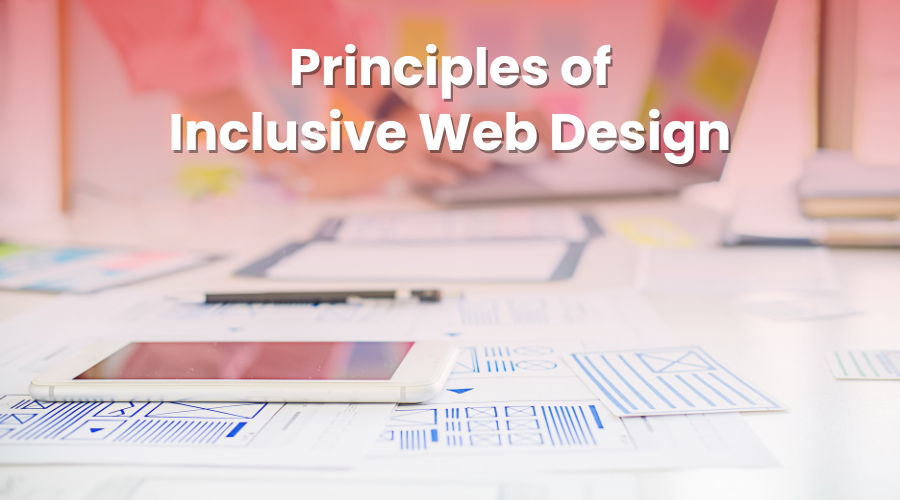

.png)
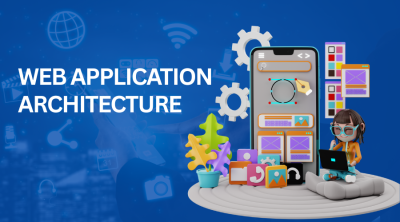
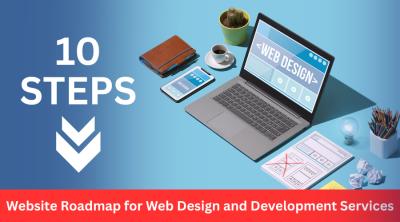
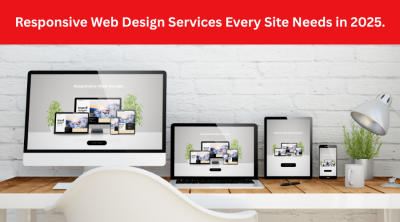


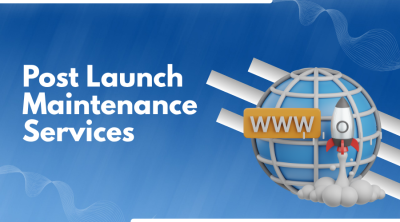








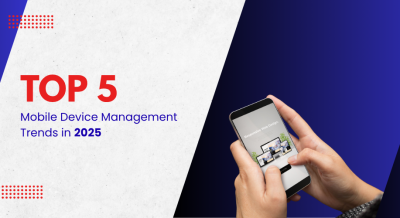






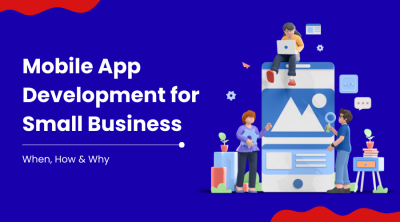








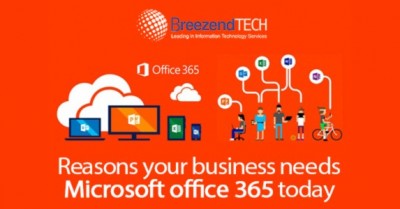






Comments (0)